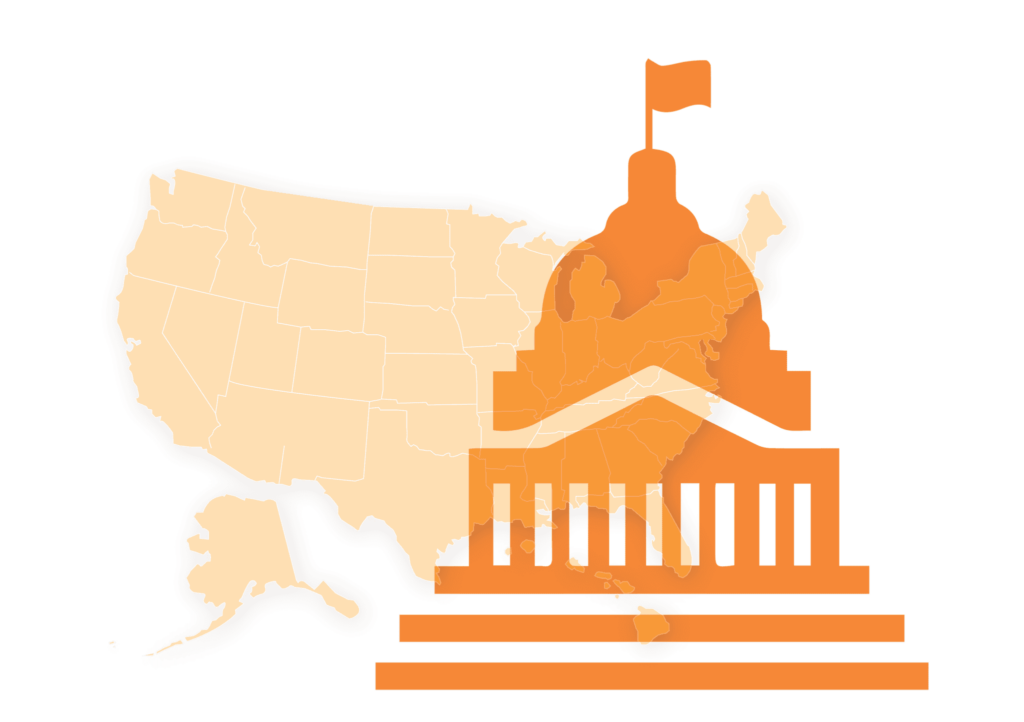College Is More Expensive for Undocumented Students
Over 80% of undocumented students enrolled in colleges and universities came to the United States as children or adolescents. These students attended elementary, middle, and high schools in communities across America.14 Their families lived, worked, and contributed socially, culturally, and economically to this country. Students who came here as adults have contributed in the same ways. Despite their deep ties and contributions, many federal and state higher education policies actively harm undocumented students or place nearly insurmountable financial barriers in their way.
Additionally, college is too expensive for the vast majority of Americans. Over the past several decades, the college costs have soared. In 1980, the full cost of college, including tuition, fees, and room and board, was $9,803; in 2016-17, it was $26,593.15 Meanwhile, discriminatory federal immigration policy and short-sighted higher education policy leave many undocumented students locked out of a critical tool for paying for college: federal and state financial aid.
Undocumented students, including DACA students, are barred from receiving federal financial aid, including grants, loans, and work study.16 As noted above, a majority of undocumented students are Latinx or Black. An analysis by the Center on Budget and Policy Priorities found that the average net price for a public four-year university comprised 23% of the national median household income in 2017, but took up 40% or more of the median household income for Latino and Black families in seven and 17 states, respectively.17 This analysis assumes that a student has access to in-state tuition, which many undocumented students do not. Not having access to federal financial aid means they are missing out on the largest source of funding for college.
Many states bar undocumented students from accessing in-state tuition at public colleges and universities, even though they are residents. In-state tuition is much lower than out-of-state tuition. According to the College Board, the average in-state tuition and fees at public four-year institution for the 2019-20 academic year was $10,440 compared to $26,820 for out-of-state tuition and fees.18 Tuition and fees are just one of many college costs. Students must also pay for books, living expenses, food, transportation, and other expenses. Only 22 states and the District of Columbia allow undocumented students to pay in-state tuition: California, Colorado, Connecticut, Florida, Hawaii, Illinois, Kansas, Kentucky, Maryland, Michigan, Minnesota, Nebraska, New Jersey, New Mexico, New York, Oklahoma, Oregon, Texas, Rhode Island, Utah, Virginia19, and Washington.20 Arizona requires undocumented students to pay 150% of the state’s in-state tuition rate. Students with DACA are permitted to pay in-state tuition in Massachusetts and Ohio.21 The remaining states require undocumented students to pay out-of-state tuition.
And while 49 states22 offer financial aid, only a limited number let undocumented students access it. Undocumented students can receive state financial aid in California, Colorado, District of Columbia, Hawaii, Illinois, Maryland, Minnesota, New Jersey, New Mexico, New York, Oklahoma, Oregon, Texas, and Washington.23
ED’s decision to block access to emergency grants for students who are not eligible for federal financial aid harms undocumented students and undermines the goals of getting essential aid during a pandemic to those students who need it. We urge ED to rescind this rule in its entirety and extend emergency student aid to all students, consistent with the intent of Congress and the plain language of the CARES Act.
Thank you for the opportunity to comment on this important topic.
Sincerely,
Wil Del Pilar
Vice President of Higher Education Policy and Practice
The Education Trust

 July 17, 2020 by
July 17, 2020 by 



